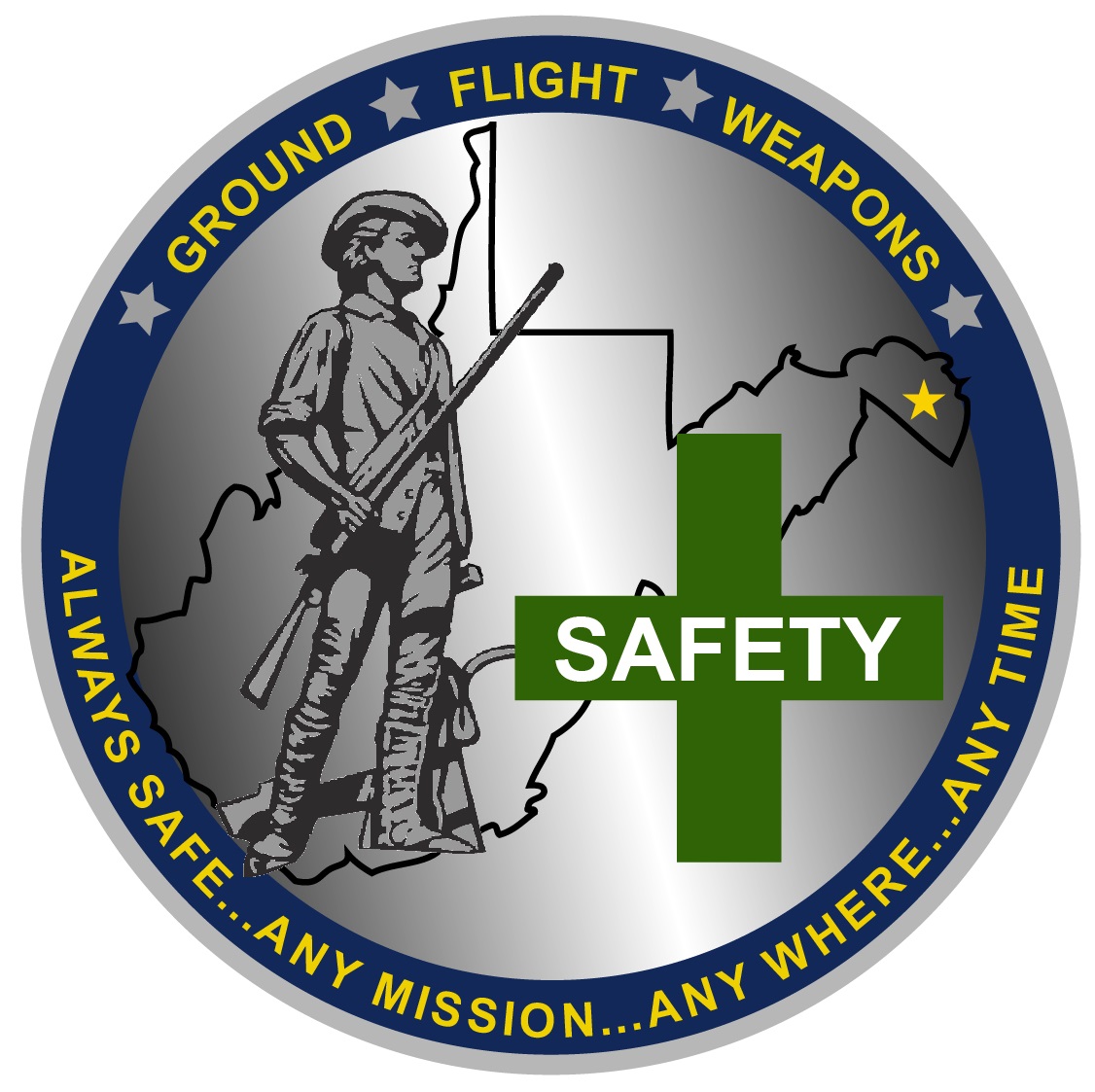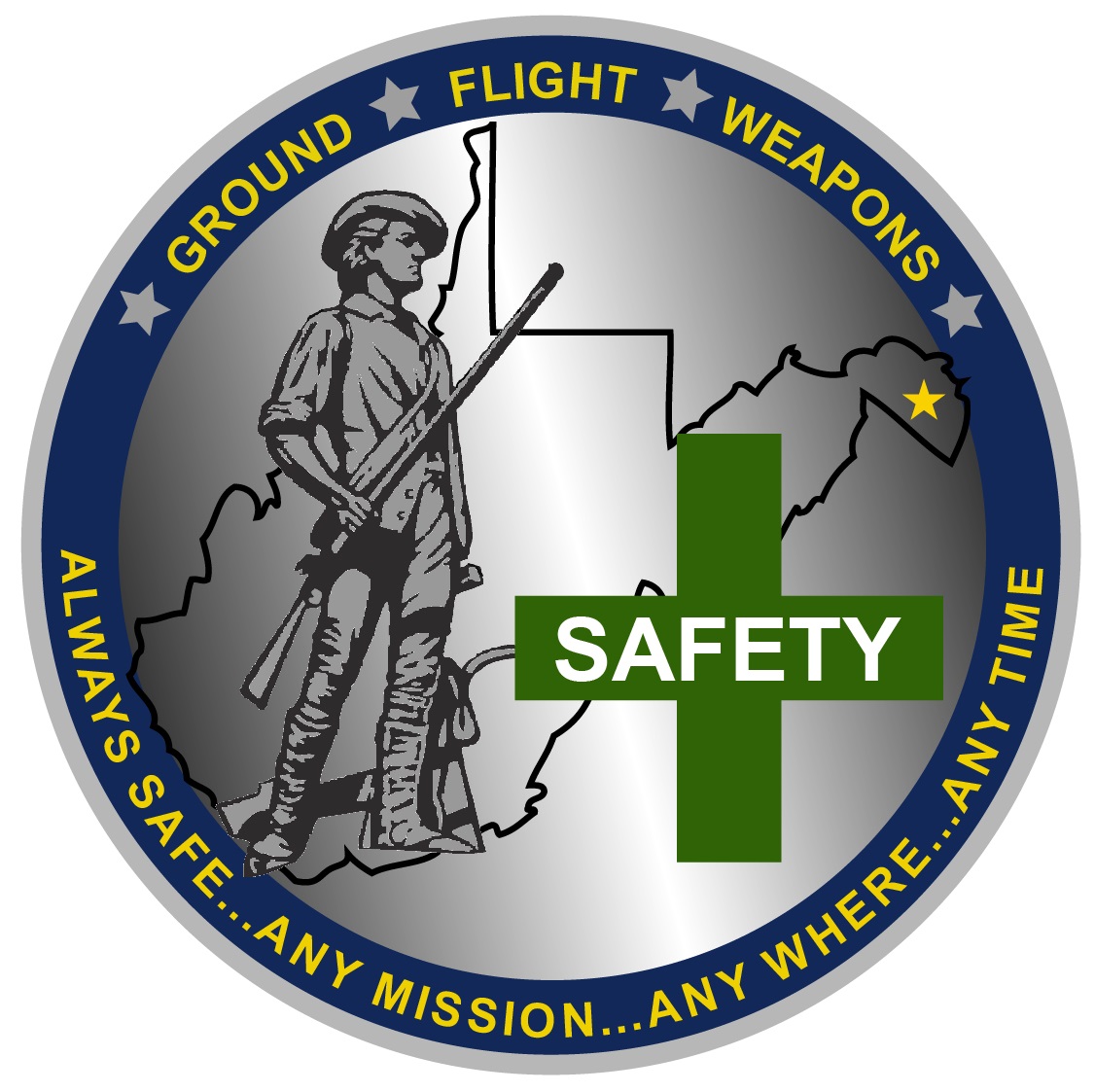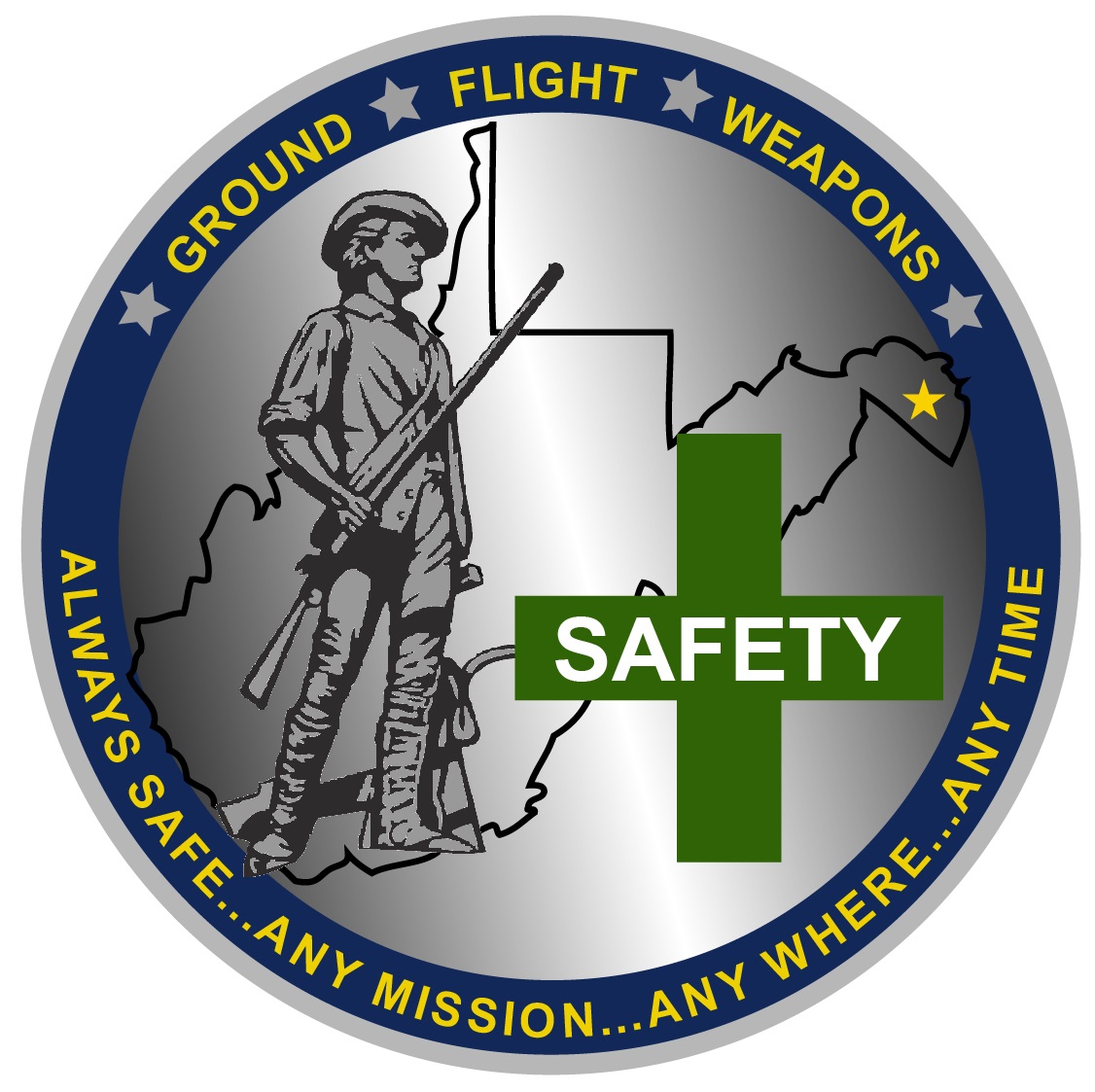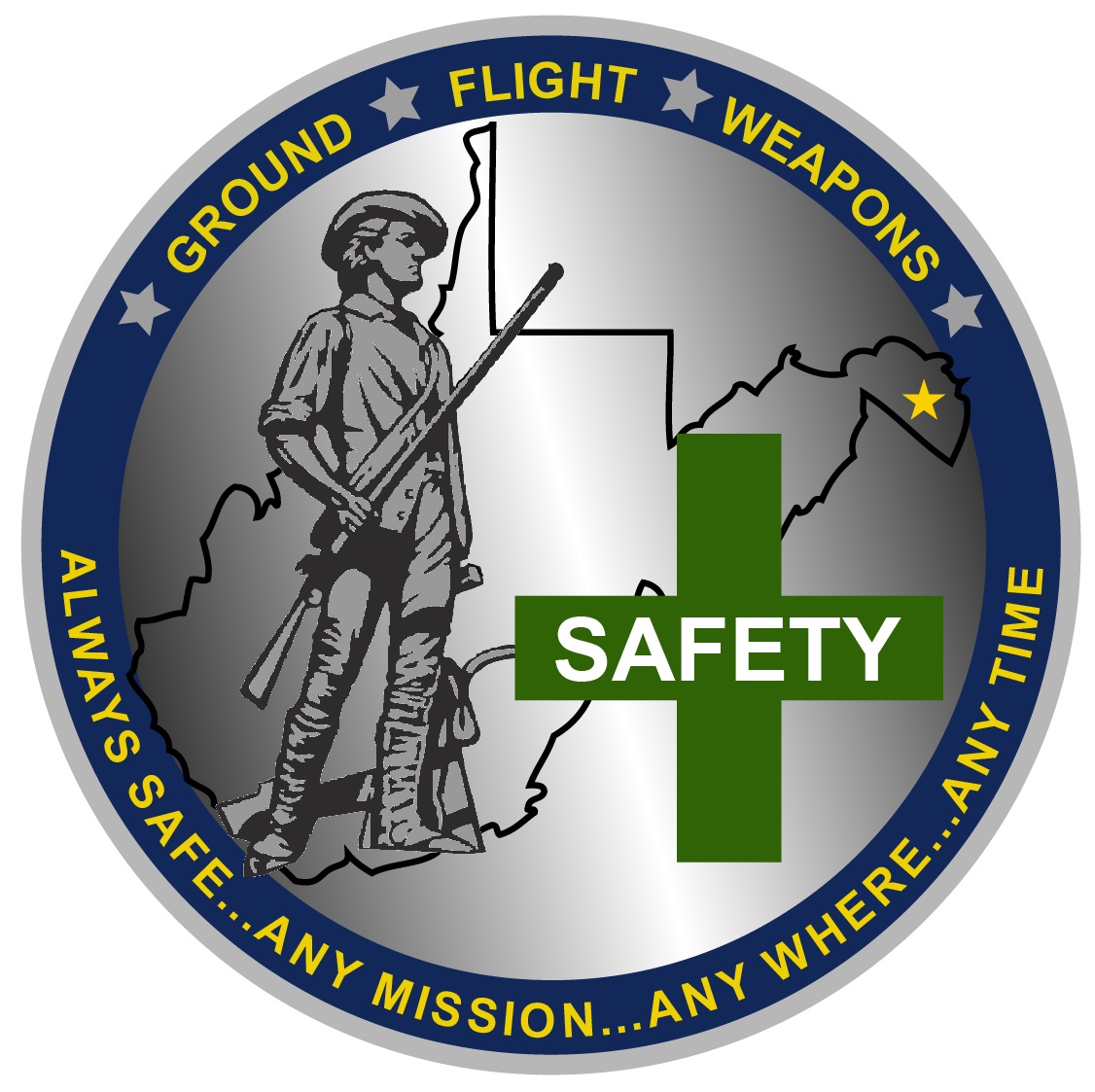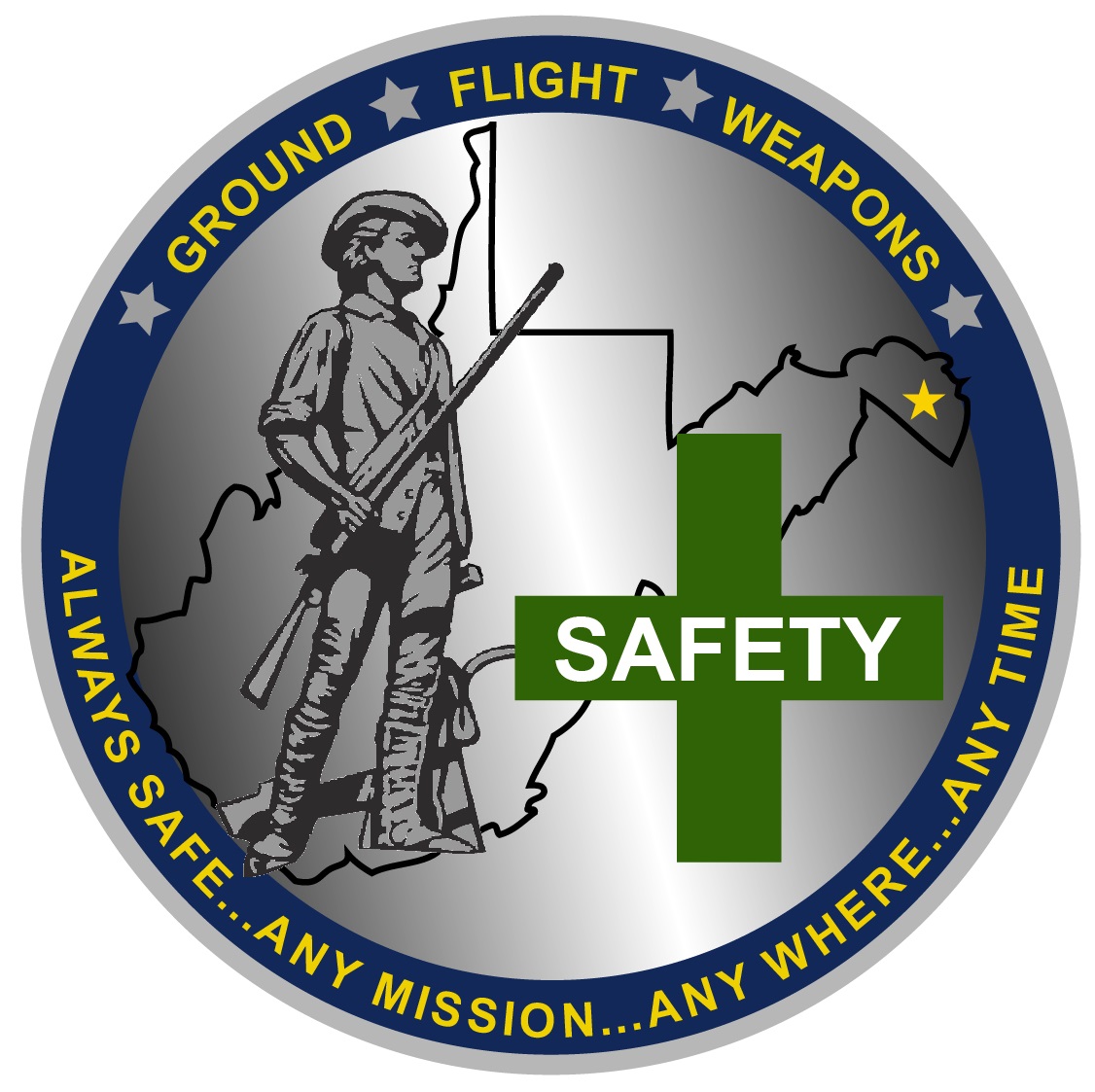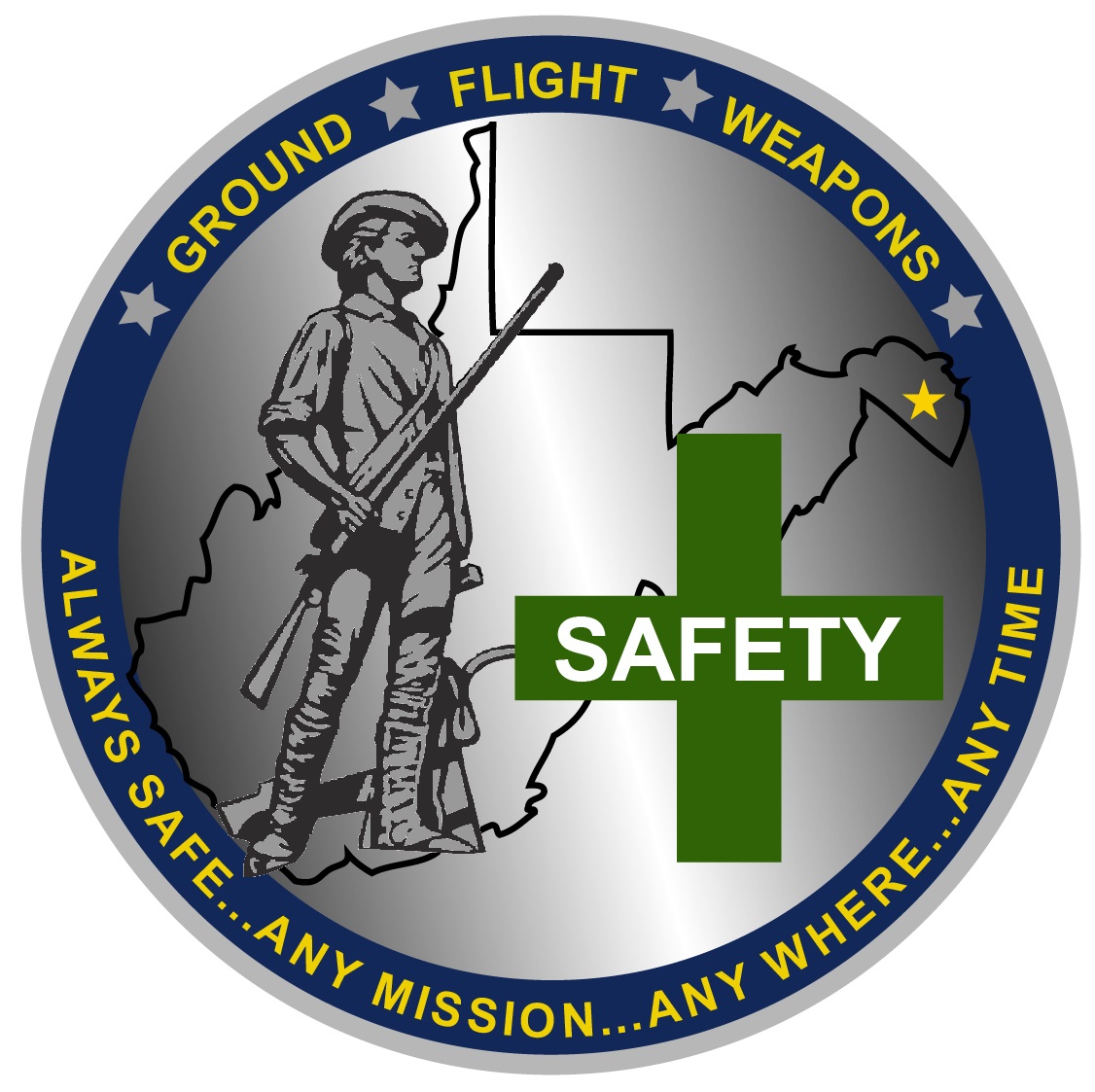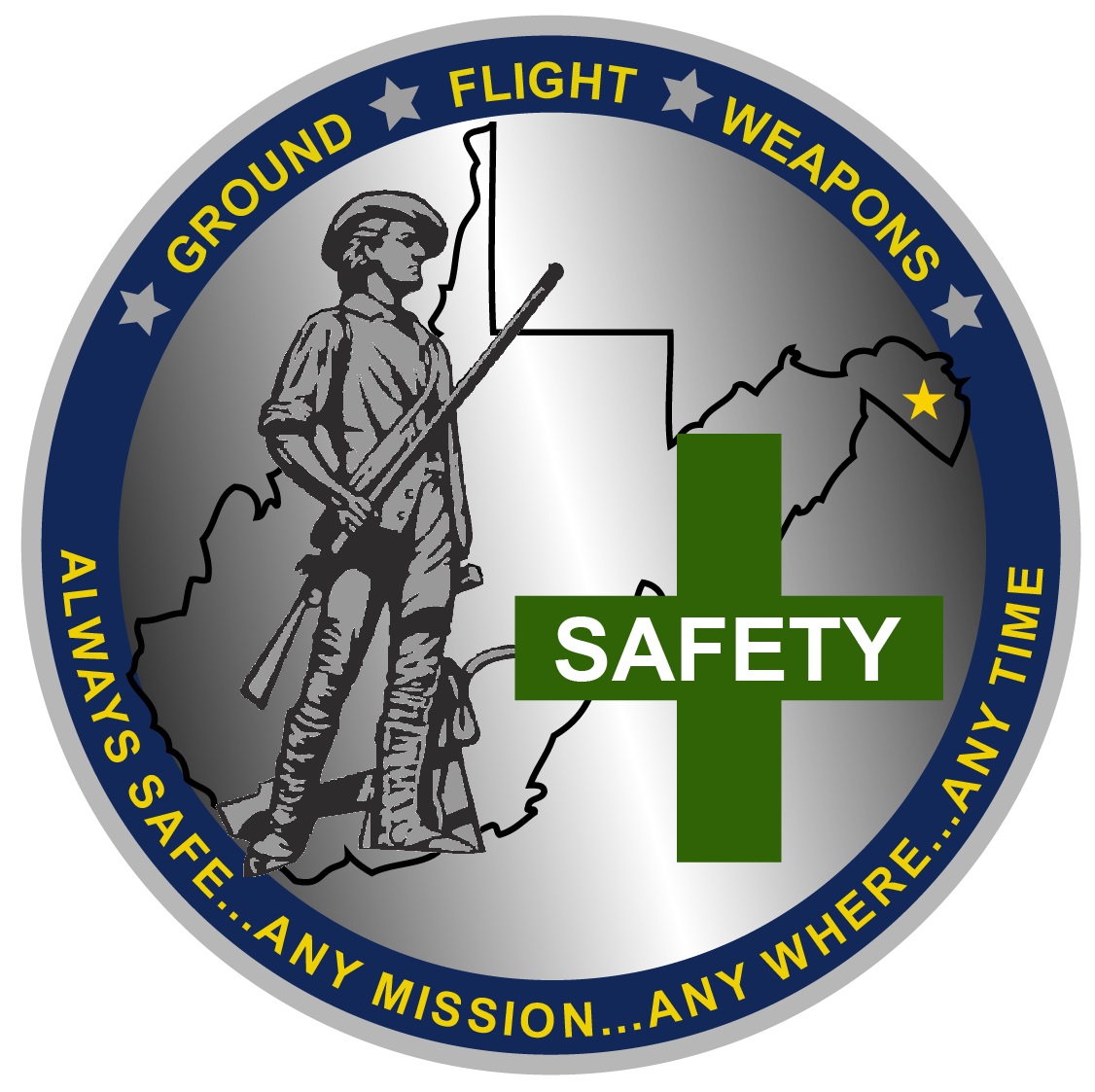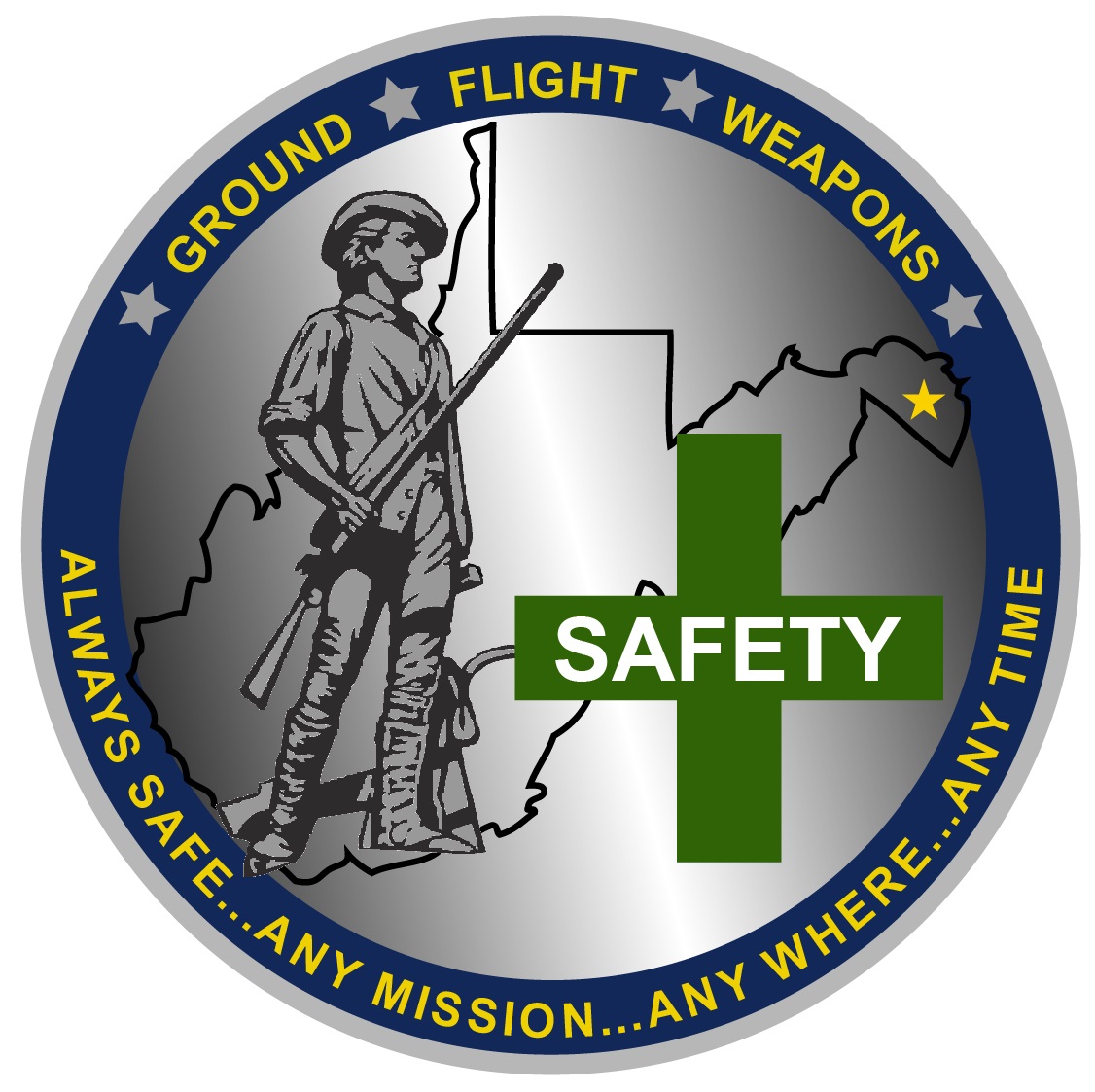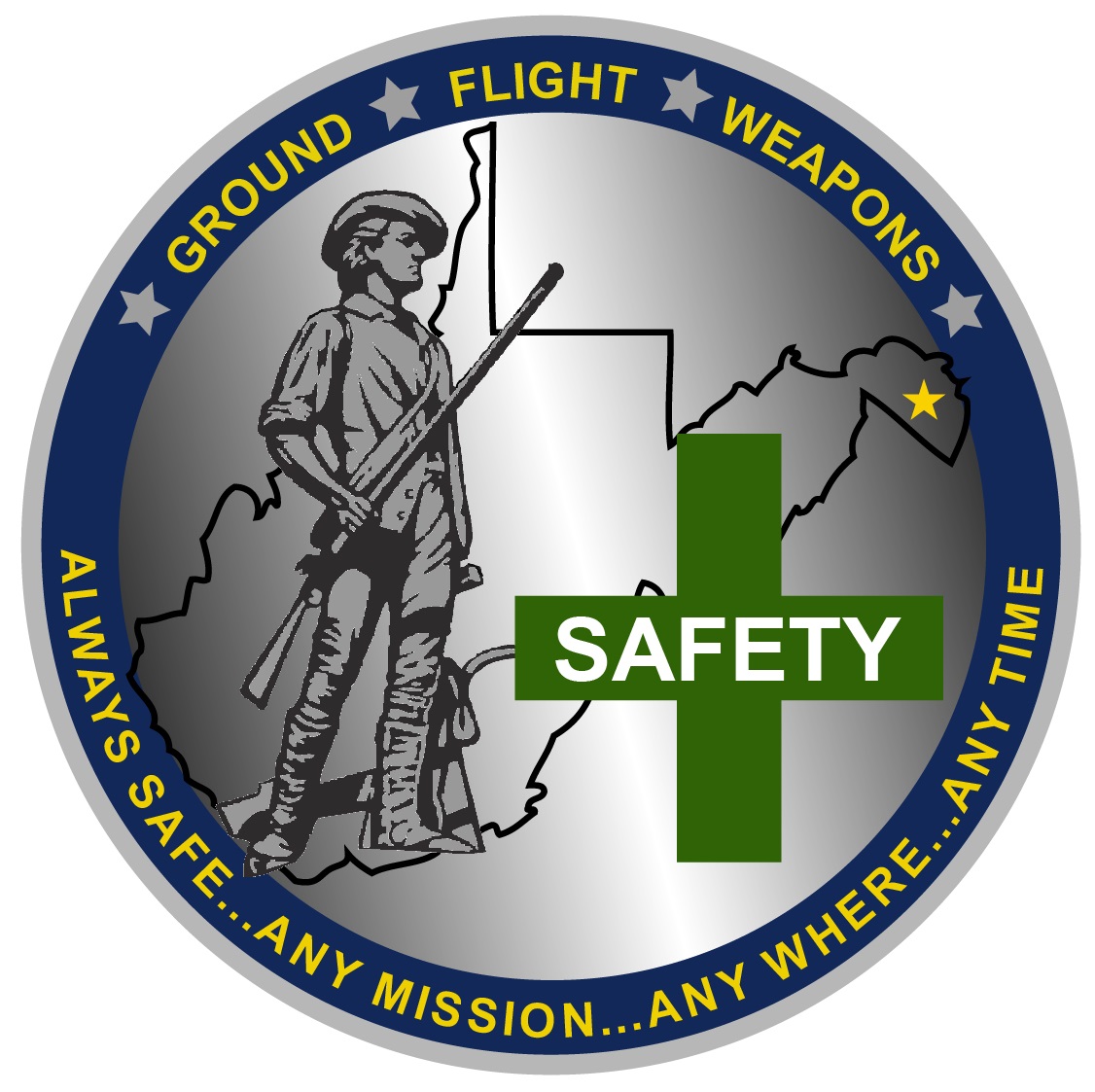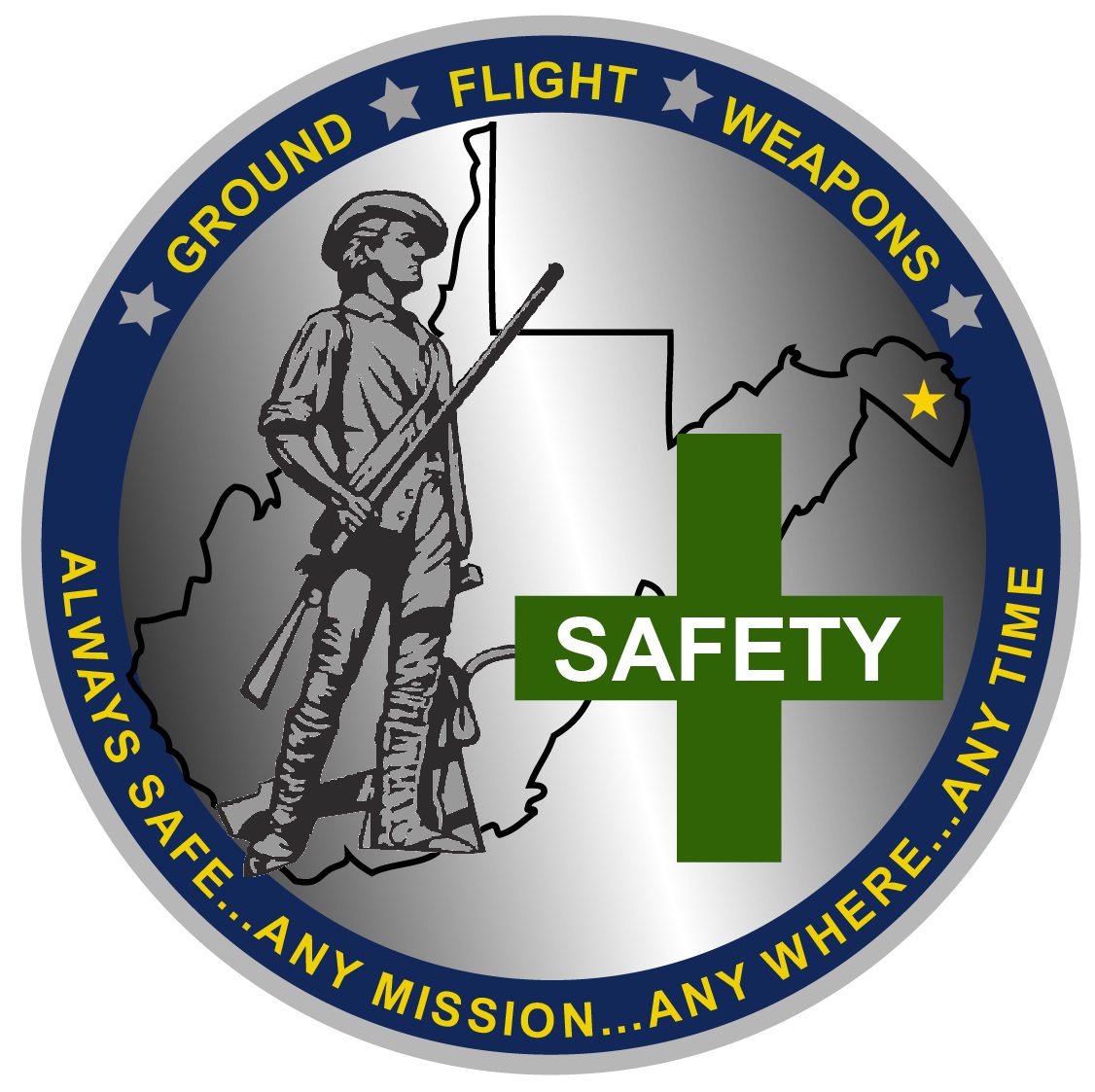Information
-
Audit Title
-
Squadron
-
Conducted on
-
Inspector
-
Location
-
Supervisor
26.3. Agricultural Tractors and Implement Attachments Checklist
-
Do design and operating characteristics of agricultural tractors in use by AF units meet OSHA Standards? AFI 91-203 para. 26.2.1
-
Do supervisory personnel take needed actions to ensure proper training of assigned operators? AFI 91-203 para. 26.2.2.1
-
Do supervisory personnel ensure operators are aware of area operating hazards due to terrain features and conditions? AFI 91-203 para. 26.2.2.2
-
Do supervisory personnel ensure operators are aware of hazardous or prohibited areas? AFI 91-203 para. 26.2.2.3
-
Do supervisory personnel ensure operators have PPE such as head, eye and ear protectors, gloves, respirators, etc.? AFI 91-203 para. 26.2.2.4
-
Is the operator‘s manual accessible and are warning decals properly placed? AFI 91-203 para. 26.2.2.6
-
Is the operator both physically and mentally fit, not fatigued or stressed, or on any medication, alcohol or drugs that may hinder safe operation of the tractor and machinery? AFI 91-203 para. 26.2.2.7
-
Is the tractor only used for tasks it was designed for? AFI 91-203 para. 26.2.2.8
-
Does the operator walk around the tractor and inspect for faults: <br>Check radiator coolant level when cold? <br>Visually inspect all tires? Ensure tires are properly inflated?<br>Ensure lights and flashers are operational?<br>Verify safety signs are free from obstruction?<br>Ensure first aid kit and fire extinguisher are in place, as required?<br>Check oil and fluid levels?<br>Braking devices and excessive play in steering wheel after start-up?<br>AFI 91-203 para. 26.2.3.2. and 26.2.5.
-
Does the operator wear the required PPE during all operations? AFI 91-203 para. 26.2.3.3
-
Are all guards secured in place and kept in place during machine use? AFI 91-203 para. 26.2.3.4
-
Are items not permanently installed, such as tools, radios, water coolers, etc., secured so they do not pose a hazard to operators or equipment should the tractor malfunction or overturn? AFI 91-203 para. 26.2.3.5
-
Does the operator prohibit other riders from riding on the tractor? AFI 91-203 para. 26.2.3.6
-
Does operator clean the windshield and other transparent surfaces of ice, snow, dirt, grass and other obstructions from tractors equipped with cabs to ensure clear vision prior to use? AFI 91-203 para. 26.2.3.7
-
Does the operator ensure cracked or severely scratched windshield or transparent surfaces for vision are reported and repaired or replaced? AFI 91-203 para. 26.2.3.7
-
Does the operator keep personnel clear of operating machinery or attachments? AFI 91-203 para. 26.2.3.8
-
Does the operator stop the engine, disconnect the power sources, and wait for all machine movement to stop before servicing, adjusting, or cleaning the equipment (except where the machine must be running to properly service or maintain the equipment)? AFI 91-203 para. 26.2.3.9
-
Do mowing machine operators refrain from attempting to mow on slopes that exceed 4 inches (20-25°) of drop or rise per foot of travel? AFI 91-203 para. 26.2.3.10
-
When using a sickle bar attachment for mowing, does the operator always position the sickle bar on the up-slope side of the tractor? AFI 91-203 para. 26.2.3.10
-
Does the operator park the tractor on a level surface, lower the attachment so it rests on the surface, place the transmission in low or reverse after the engine has stopped (automatic transmission in ―park‖) and shut the engine off, before the operator dismounts the vehicle? AFI 91-203 para. 26.2.3.11
-
For flex-winged mowers, does the operator ensure the appendages are folded in the ―up‖ position and the locking pins are securely in place when parking? AFI 91-203 para. 26.2.3.11
-
Are all tractors with engines exceeding 20 horsepower fitted with ROPS? AFI 91-203 para. 26.2.6
-
Are all ROPS-equipped tractors fitted with seatbelts? AFI 91-203 para. 26.2.6
-
Have all tractors and attachments been subjected to a noise hazard survey and those whose noise level exceeds 85 dBA placarded with noise hazard warning? AFI 91-203 para. 26.2.7
-
Are approved ―Slow Moving Vehicle‖ emblems and flashing amber light units installed on agricultural tractors used at night in high traffic areas? AFI 91-203 para. 26.2.8
-
Are all power takeoff shafts shielded? AFI 91-203 para. 26.2.9.1
-
Are guards capable of withstanding 250 pounds of downward or inward force? AFI 91-203 para. 26.2.9.2
-
Are guards free of burrs and sharp edges or projections and securely fastened to the unit? AFI 91-203 para. 26.2.9.3
-
Are all guards that were removed for servicing and maintenance reinstalled prior to placing units in use? AFI 91-203 para. 26.2.9.4
-
Are batteries, fuel tanks, oil reservoirs, and coolant systems constructed and located or sealed to assure that spillage will not occur in the event of an upset? AFI 91-203 para. 26.2.10
-
For flight line operations, does the operator ensure a ―Slow Moving Vehicle‖ placard is affixed to the rear of the tractor, have a radio and keep in contact with the tower at all times? AFI 91-203 para. 26.2.11
Signatures
-
Report Routing
-
Supervisor Signature:
-
Notification
-
Superintendent Signature:
-
Notification
-
Commander Signature:
-
Notification
-
Safety Office Signature:
-
Notification
-
Wing Commander Signature:
-
Notification
